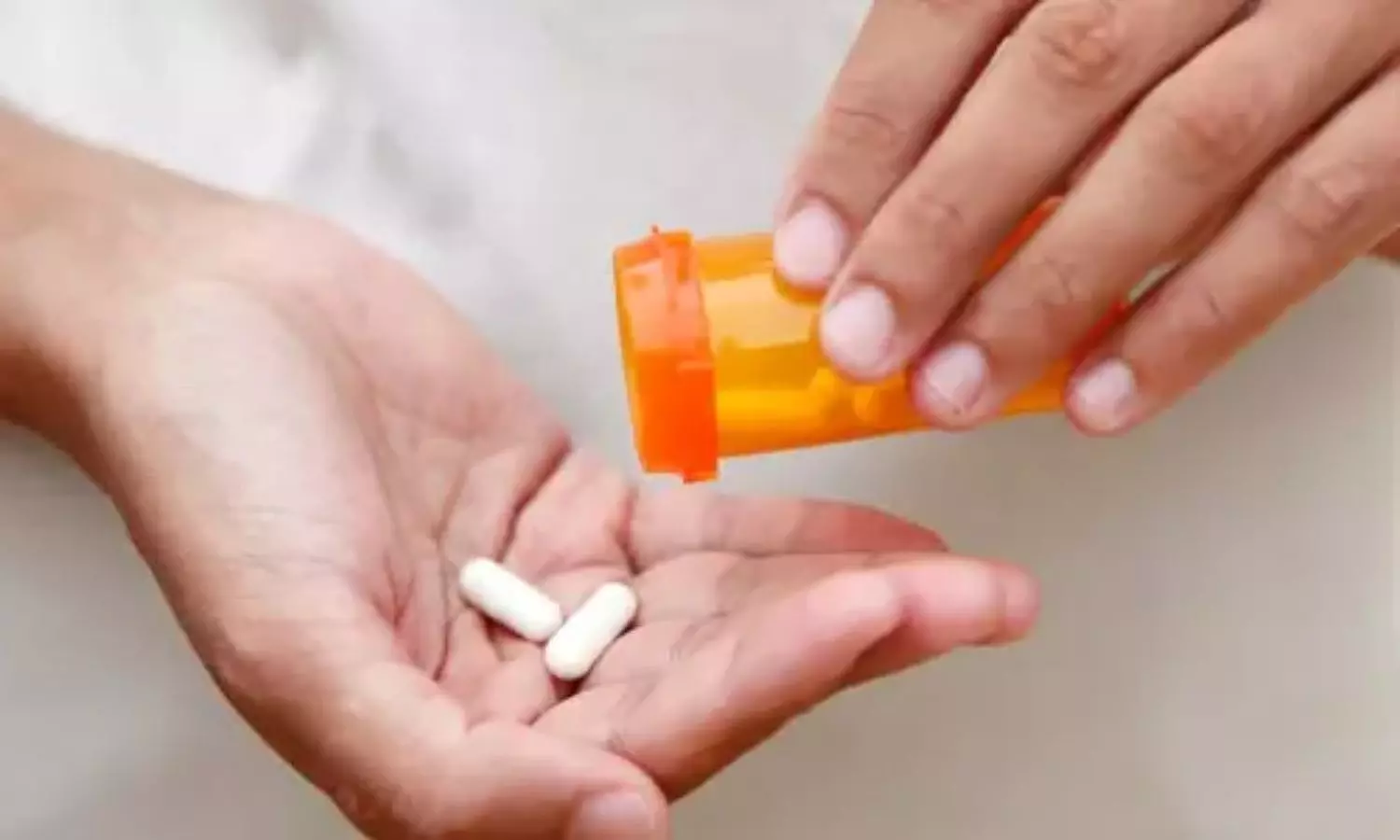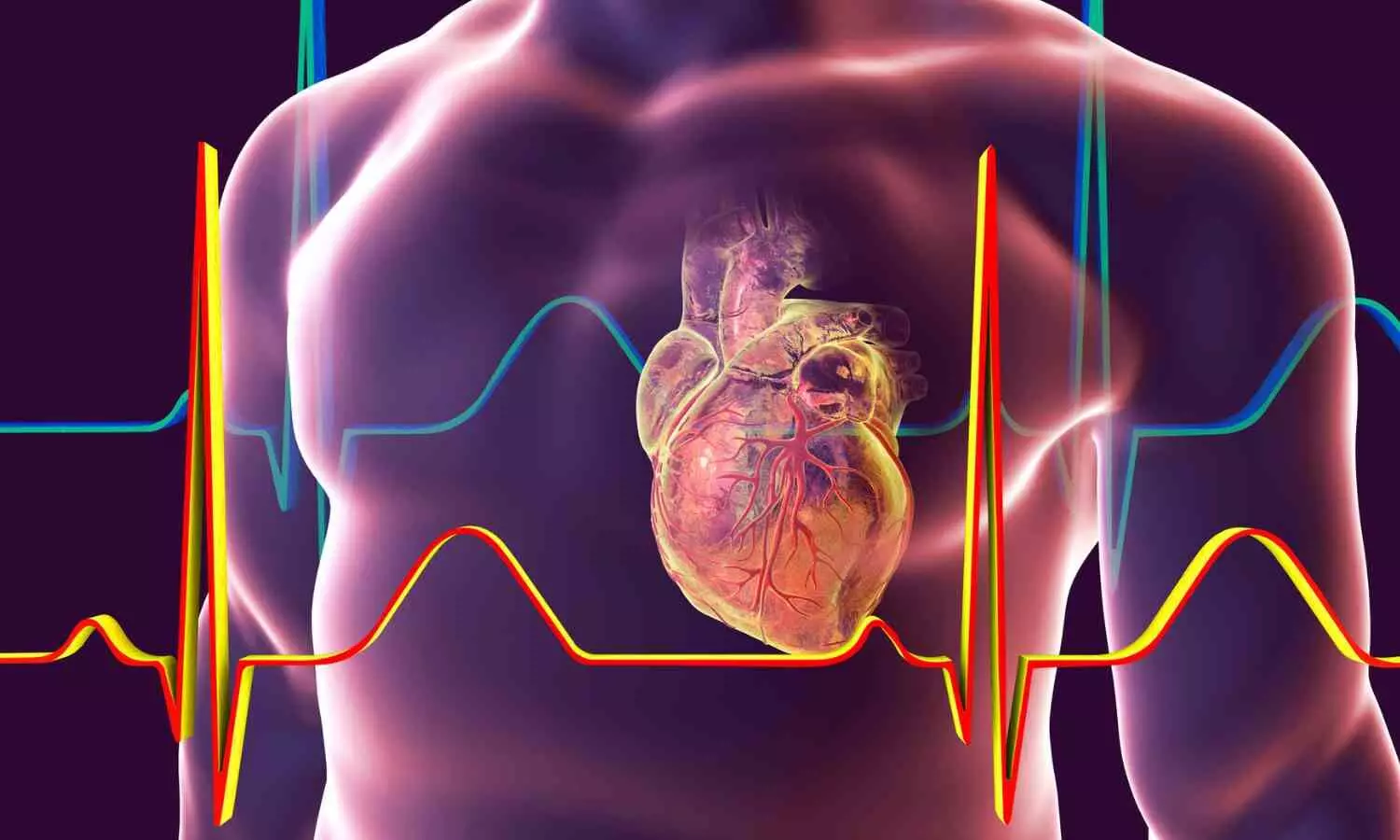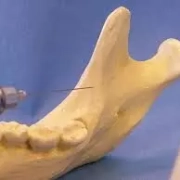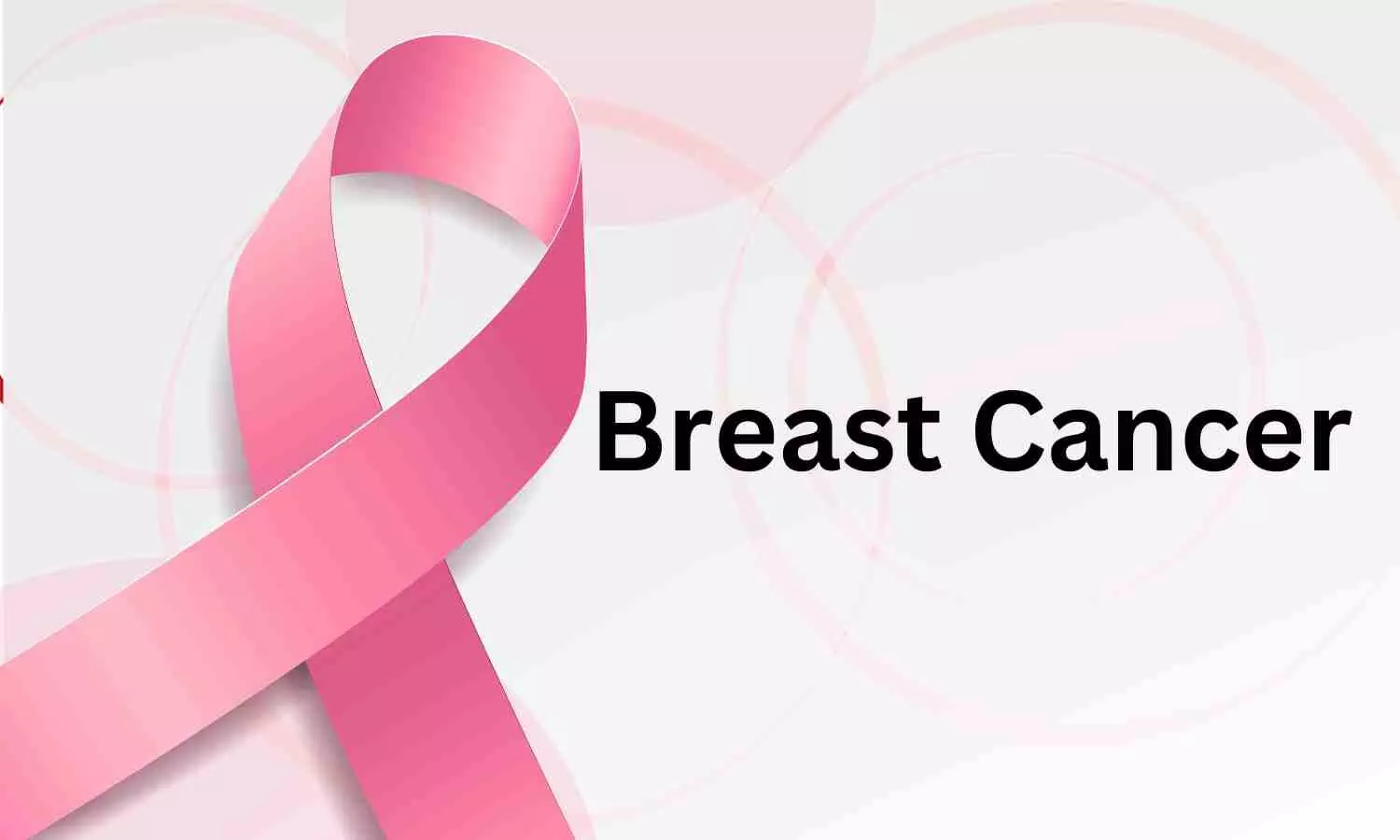Patients with persistently high BP within 24 hours of ischemic stroke onset at highest risk of adverse outcomes: Study

China: A recent article published in the BMJ journal Heart has reported twenty-four-hour blood pressure trajectories and clinical outcomes in patients who had an acute ischaemic stroke.
The researchers found that patients with persistently high blood pressure (BP) at 180 mm Hg within 24 hours of ischaemic stroke onset had the highest risk, while they found favorable outcomes in those maintaining stable BP at a moderate-low level (150 mm Hg) or even a low level (137 mm Hg).
The management of BP in acute ischaemic stroke remains a subject of controversy. Ruirui Wang, Suzhou Medical College of Soochow University, Suzhou, Jiangsu, China, and colleagues aimed to explore the relationship between 24-hour BP patterns following ischaemic stroke and clinical outcomes.
For this purpose, the researchers examined a cohort of 4069 patients who had an acute ischaemic stroke from 26 hospitals. Using latent mixture modeling, they identified five systolic BP trajectories: trajectory category 1 (150–130 mm Hg), trajectory category 2 (155–145 mm Hg), trajectory category 3 (170–160 mm Hg), trajectory category 4 (180–140 mm Hg), and trajectory category 5 (190–170 mm Hg).
The study’s primary outcome was a composite outcome of death and major disability at three months poststroke.
The study led to the following findings:
- Patients with trajectory category 5 exhibited the highest risk, while those with trajectory category 1 had the lowest risk of adverse outcomes at 3-month follow-up.
- Compared with the patients in trajectory category 5, adjusted ORs for the primary outcome were 0.79, 0.70, 0.64, and 0.47 among patients in trajectory category 4, trajectory category 3, trajectory category 2, and trajectory category 1, respectively.
- Similar trends were observed for vascular events, death, and the composite outcome of death and vascular events.
In conclusion, the researchers identified distinctive BP trajectories within 24 hours post-stroke onset.
At the 3-month follow-up, patients in the highest trajectory category 5 (190–170 mm Hg) showed the highest risk of adverse outcomes (vascular events, death, and major disability), while those in the lowest category (150–130 mm Hg) exhibited the lowest risk. Comparatively, adjusted odds ratios reduced from 0.79 to 0.47, respectively.
Reference:
Wang R, Liu Y, Zhang Q, Zhang J, Peng H, Shi M, Peng Y, Xu T, Wang A, Xu T, Chen J, Zhang Y, He J. Twenty-four-hour blood pressure trajectories and clinical outcomes in patients who had an acute ischaemic stroke. Heart. 2024 Apr 3:heartjnl-2023-323821. doi: 10.1136/heartjnl-2023-323821. Epub ahead of print. PMID: 38569853.
Powered by WPeMatico



















